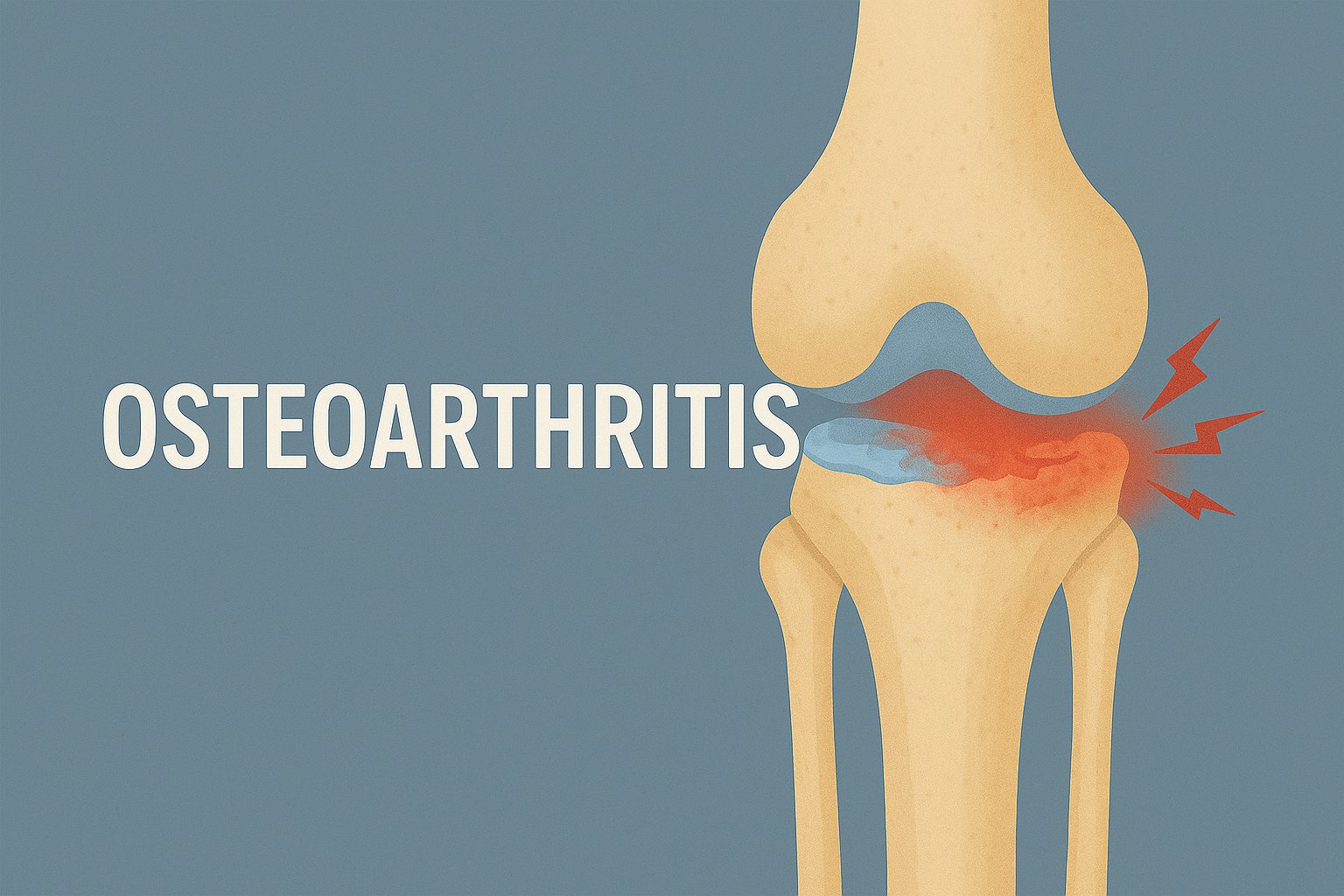History of Chiropractic In Europe
By the early 1960s, Europe still lacked its own chiropractic colleges. Aspiring chiropractors had to travel to the USA to study. Attempts to establish schools in countries like Switzerland and Denmark often failed.
That changed when a group of British and European chiropractors opened the Anglo-European College of Chiropractic (AECC) in Bournemouth, England. The college began in a small house but grew quickly. In 1981, it moved to its current location in Boscombe. The University of Portsmouth validated the AECC’s degree programme in 1987, and by 2005, the college became an associate institution of Bournemouth University.
In 1991, Princess Diana visited the college after becoming its patron. Today, the AECC trains 120–140 students each year.
Another UK-based institution, the Welsh Institute of Chiropractic (WIOC) in Glamorgan, Wales, also offers fully accredited chiropractic education.
Regulation of Chiropractic in the UK
Before 1994, anyone could legally call themselves a chiropractor in the UK. That changed with the Chiropractors Act 1994, which created statutory regulation. Today, only those registered with the General Chiropractic Council (GCC) can legally practise. The GCC enforces strict professional standards, including mandatory continuing professional development (CPD) for annual re-registration.
The British Chiropractic Association (BCA)
Prior to statutory regulation, chiropractors self-regulated through associations like the British Chiropractic Association (BCA). Founded in 1925, the BCA is the UK’s largest and oldest chiropractic organisation. It accepts only graduates from nationally or internationally recognised chiropractic colleges and promotes high standards in clinical practice and education.
The BCA is also a founding member of both the European Chiropractors Union and the World Federation of Chiropractic. All members are covered by professional indemnity insurance and adhere to a robust complaints process.
Chiropractic Today
Chiropractic care has evolved significantly since its beginnings. It’s now supported by extensive research evidence—more so than many conventional treatments for back, muscle, and joint pain. Studies show that chiropractic is not only effective, but also safe and associated with high patient satisfaction.
Accredited chiropractic programmes exist in many parts of the world. Several countries have even integrated chiropractic into their public health systems. Unfortunately, the UK is not yet among them. If you’d like to see that change, consider writing to your local MP to advocate for its inclusion.




